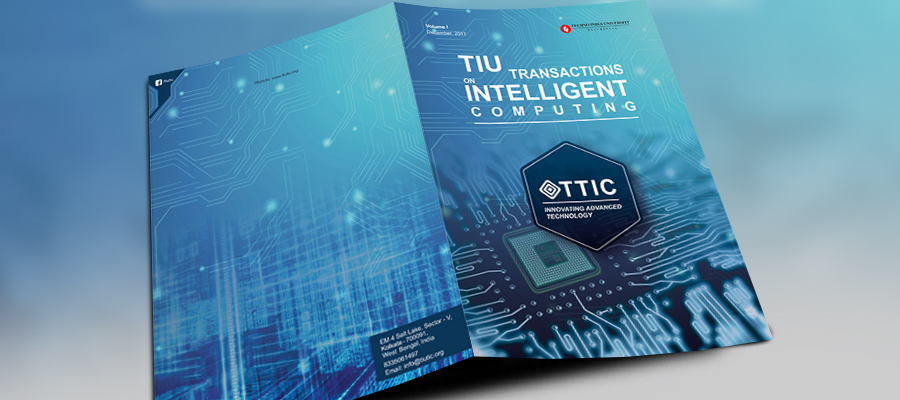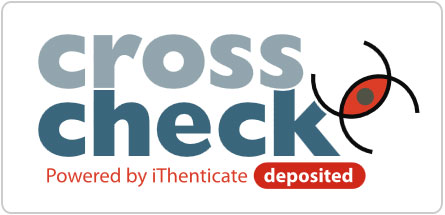Abstract
The interfaces are the most important part of the hBCI, facilitating a standardized communication between different blocks independently from the chosen platform and software language. Currently, many BCI laboratories have their own techniques to perform data processing. Therefore, common methods to exchange data between different components must be established. A specification which only describes the format of the data to be exchanged between components is not adequate in this case. To achieve true modularity, ways to transmit and exchange data must be defined as well. Three types of viable data exchange methods exist: (I) exchange of data within the same programming language, (II) exchange within the same computer but between different programming languages, and (III) exchange between different computers. We have pointed out the techniques to be implemented for non-invasive and invasive mode of operations, a big challenging problem in coming days to the engineers.
Keywords: Microelectronics, Embedded Systems, Brain Computer Interfacing, Non-invasive and Invasive Technique


